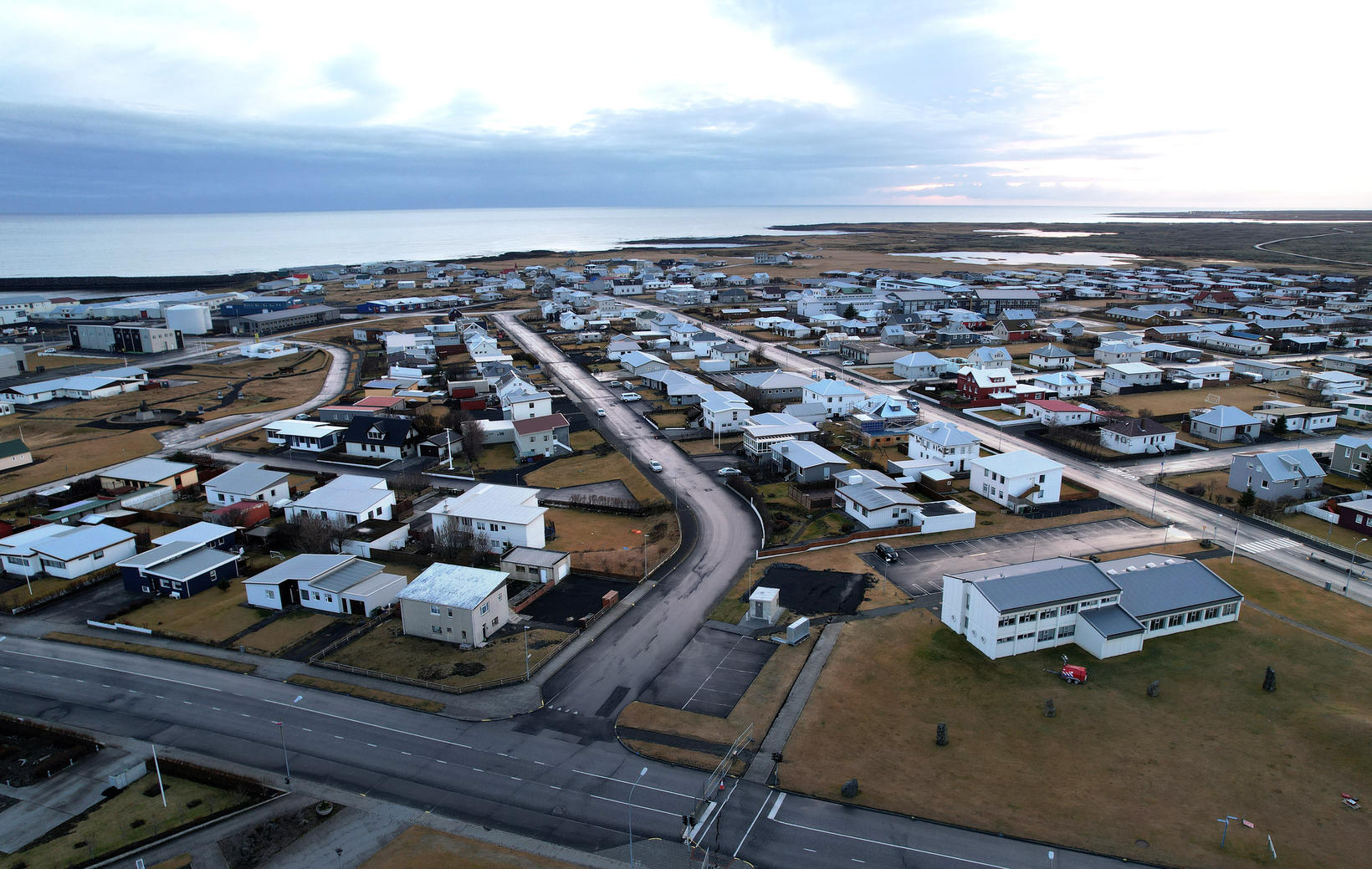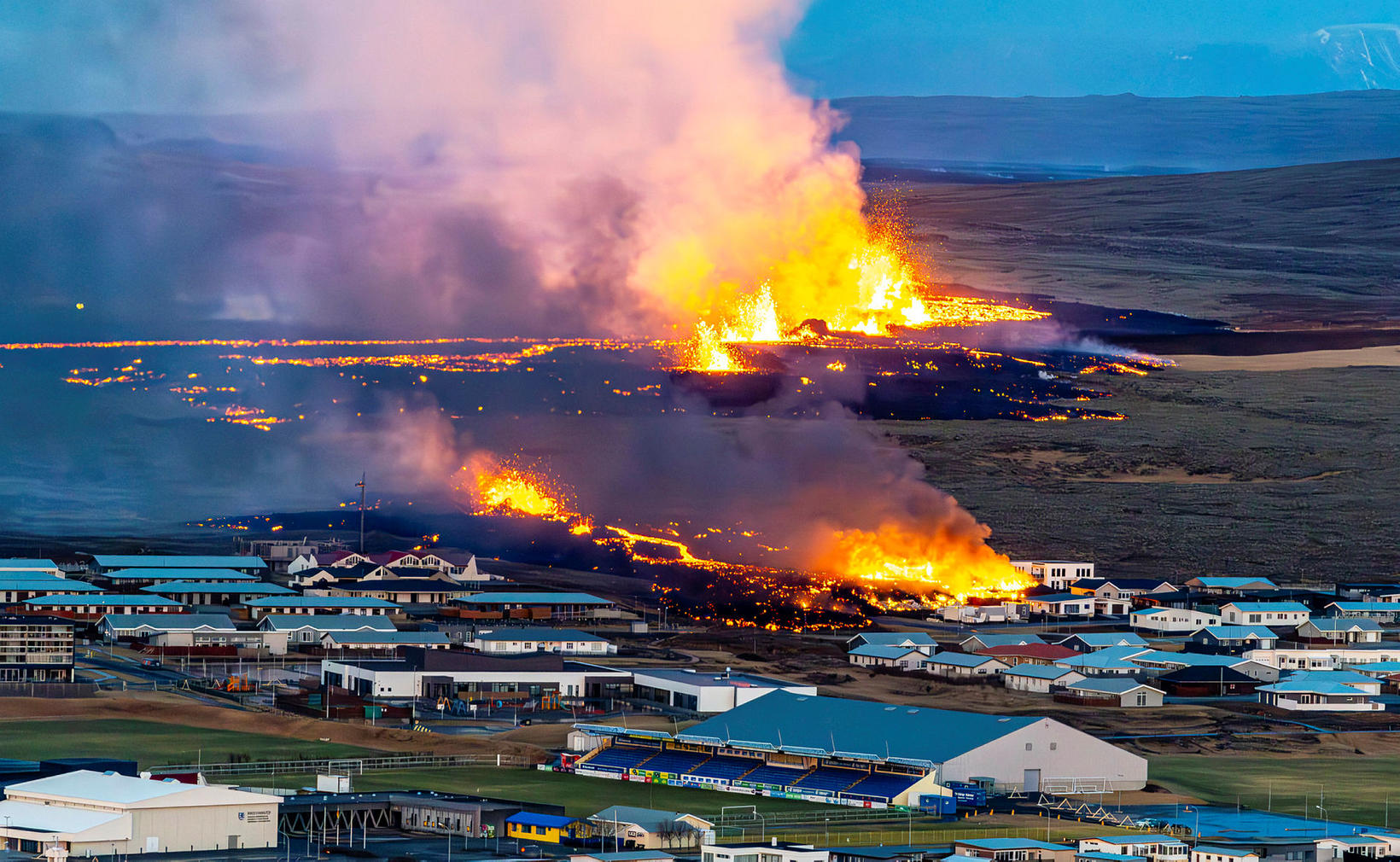No lava underneath the town
The volcanologist Þorvaldur Þórðarson thinks that a pending eruption would be in a similar location as previous ones, in Sundhnúkagígar crater row. mbl.is/Eggert Jóhannesson
A professor of volcanology believes it is likely that the beginning of the next eruption on the Reykjanes peninsula will occur in similar locations to the last eruption on the peninsula, namely near Sundhnúkagígar crater row.
“If an eruption happens, I think it’s likely that the beginning of the eruption will occur in a similar area as it has been so far.
It begins southeast of Mt Stóra-Skógafell and then a fissure like a wing opens up from there, both to the north and south. And I find it unlikely that the fissure will extend much southwards for the Sund-hnúkagíga-zone.
It can always stretch a little further, but I think there is almost no chance of it going to erupt inside Grindavík,” says Professor of Volcanology Þorvaldur Þórðarson. He adds that, to his knowledge, there is no magma beneath the town.
The Icelandic Met Office announced on Tuesday that there is a chance of a volcanic eruption in the area in the next three weeks and that magma levels added to Svartsengi have reached lower limits of the amount considered necessary to trigger a new magma outburst and even a volcanic eruption.
Closer to peak tolerance in August
In addition, experts from the Met Office believe that the likelihood of an eruption within Grindavík is now higher than before, but volcanic eruptions have moved closer to the town with each eruption.
“It’s quite right that based on this landmass and calculations made by the Met Office, this tolerance limit was reached by July 15 and if the upper limit is close to 20 million cubic meters, it will be reached by August 10. [...] It can be said that the system has reached a point where it can erupt at any time,” Þórðarson says.










